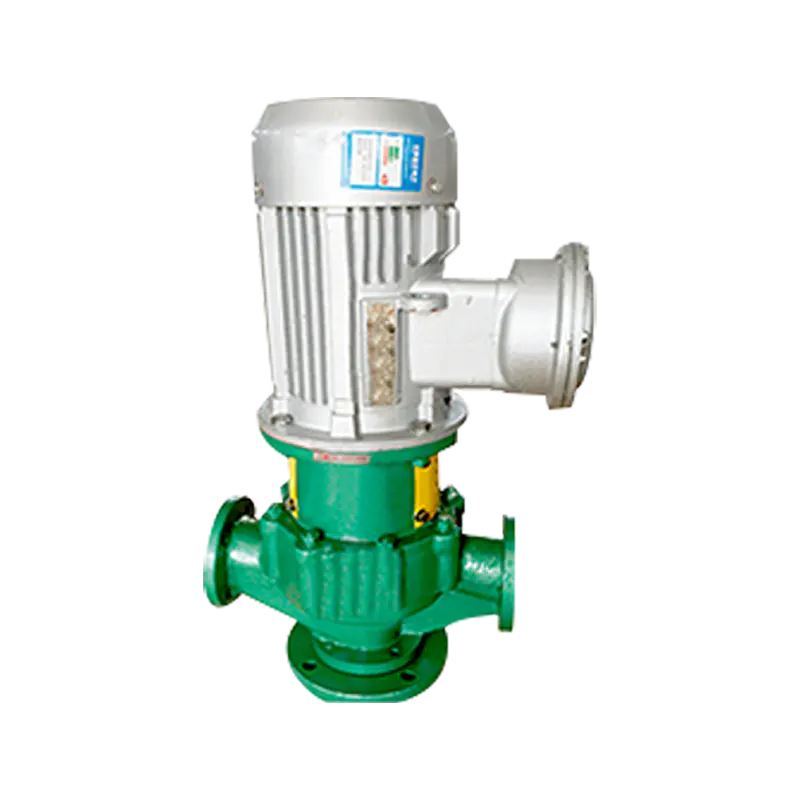A self-priming pump, also known as an automatic priming pump, is a type of fluid pump designed with the ability to clear air from its suction line without external assistance. Unlike traditional centrifugal pumps, which require their casing to be filled with liquid before starting to operate (a process called "priming"), self-priming pumps can initiate pumping even when there is air in the suction line and then automatically begin to pump liquid once the air is evacuated. This inherent capability makes them incredibly versatile and efficient in various applications where manual priming would be impractical or time-consuming.
How Self-Priming Pumps Work
The key to a self-priming pump's operation lies in its unique casing design, which incorporates a reservoir or a recirculation chamber. When the pump starts, this chamber is typically filled with liquid (either from a previous operation or by initial manual fill). As the impeller rotates, it creates a low-pressure area, drawing air from the suction line into the pump casing. This air mixes with the liquid in the recirculation chamber.
The air-liquid mixture is then discharged into the pump's discharge line. Due to the difference in density, the heavier liquid tends to settle back into the recirculation chamber, while the lighter air is expelled through the discharge. This continuous process of air evacuation and liquid recirculation gradually removes all the air from the suction line. Once the air is completely removed and the suction line is filled with liquid, the pump seamlessly transitions into normal pumping mode, efficiently moving the fluid. This ingenious design allows the auto-priming pump to effectively handle suction lifts and intermittent flow conditions.
Key Advantages and Applications
The self-priming capability offers several significant advantages:
-
Reduced Manual Intervention: Eliminates the need for constant manual priming, saving time and labor costs.
-
Increased Safety: Reduces exposure to hazardous liquids by minimizing the need for direct interaction with the pump and its contents during startup.
-
Versatility: Can be used in applications where the pump is located above the fluid level, making them ideal for dewatering, transferring liquids from sumps, or handling spills.
-
Improved Efficiency: Quick startup and automatic operation contribute to overall operational efficiency.
-
Handling of Entrained Air: More tolerant to air or gas entrainment in the fluid compared to standard centrifugal pumps.

These advantages make self-priming centrifugal pumps a preferred choice in a wide array of industries:
-
Construction: Widely used for dewatering construction sites, trenches, and excavations.
-
Wastewater Treatment: Essential for pumping sewage, sludge, and industrial effluent.
-
Agriculture: Employed for irrigation, transferring fertilizers, and managing livestock waste.
-
Marine: Utilized for bilge pumping, ballast transfer, and other shipboard fluid handling tasks.
-
Industrial: Found in various industrial processes for transferring chemicals, oils, and other liquids, especially when suction lift is required.
-
Emergency Services: Crucial for flood control and disaster response due to their rapid deployment and priming capabilities.
Considerations When Choosing a Self-Priming Pump
While automatic priming pumps offer numerous benefits, selecting the right one requires careful consideration of factors such as:
-
Fluid Type: The nature of the liquid being pumped (viscosity, abrasiveness, corrosiveness).
-
Flow Rate and Head Requirements: The desired volume of fluid to be moved and the vertical distance it needs to be lifted.
-
Suction Lift: The maximum vertical distance from the fluid source to the pump.
-
Solids Handling Capability: If the liquid contains solids, a pump designed to handle them (e.g., a solids handling self-priming pump) will be necessary.
-
Power Source: Available power (electric, diesel, hydraulic).
-
Material of Construction: Compatibility of pump materials with the fluid to prevent corrosion or wear.
In conclusion, the self-priming pump stands as a testament to intelligent engineering, providing a reliable and efficient solution for fluid transfer challenges by eliminating the common hurdle of pump priming. Its ability to automatically evacuate air makes it an indispensable tool across diverse sectors, ensuring uninterrupted and safe fluid management.
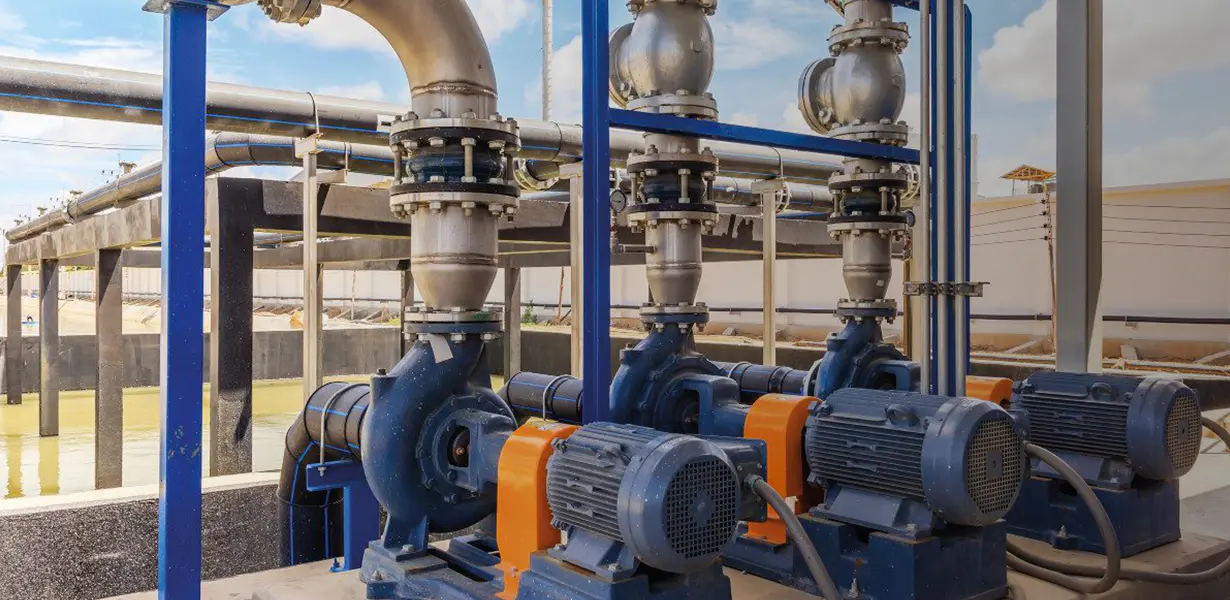
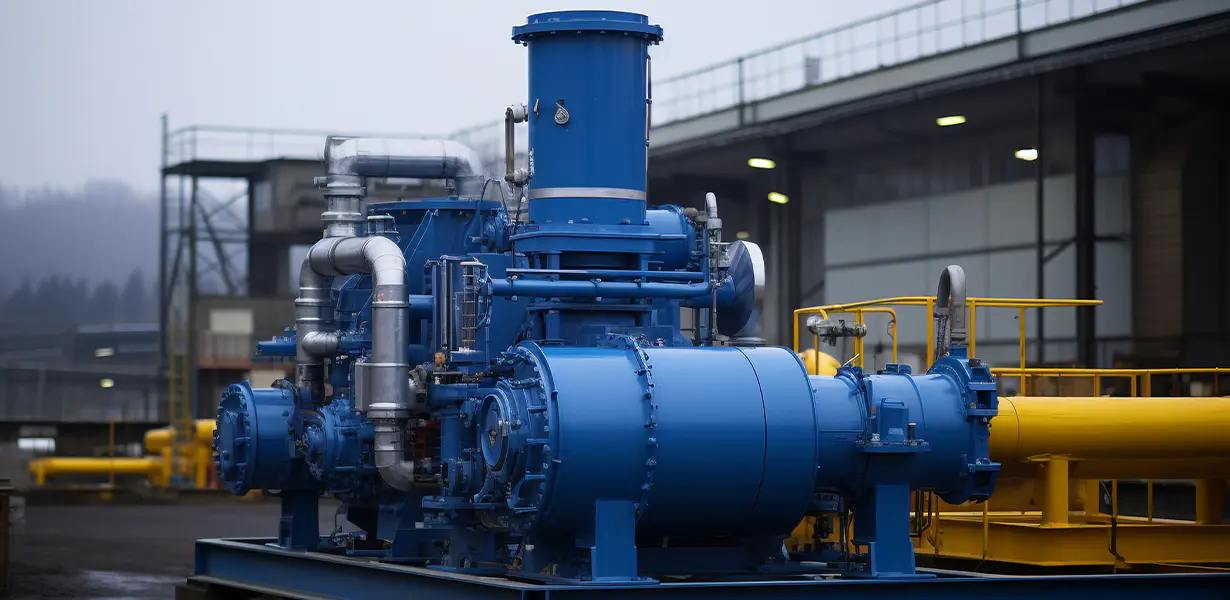
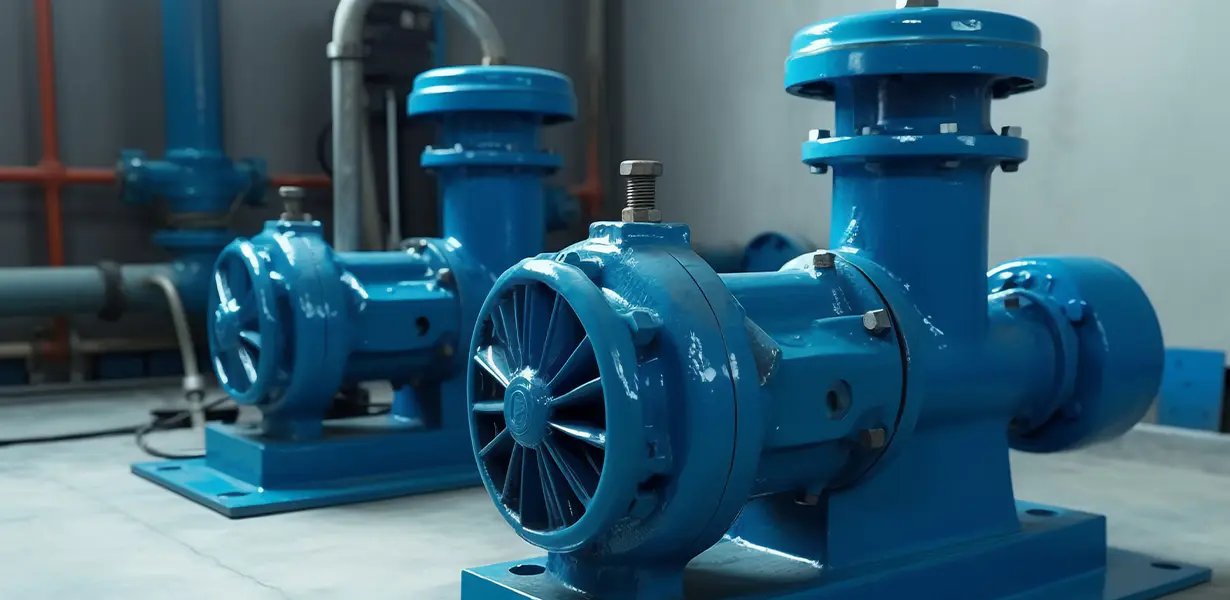
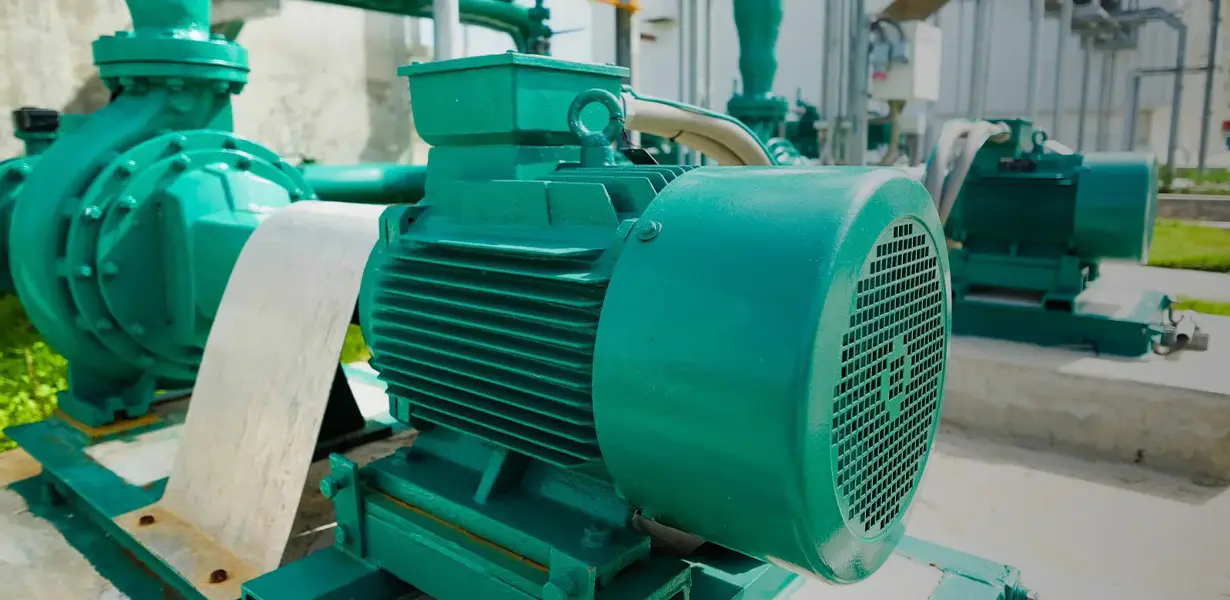
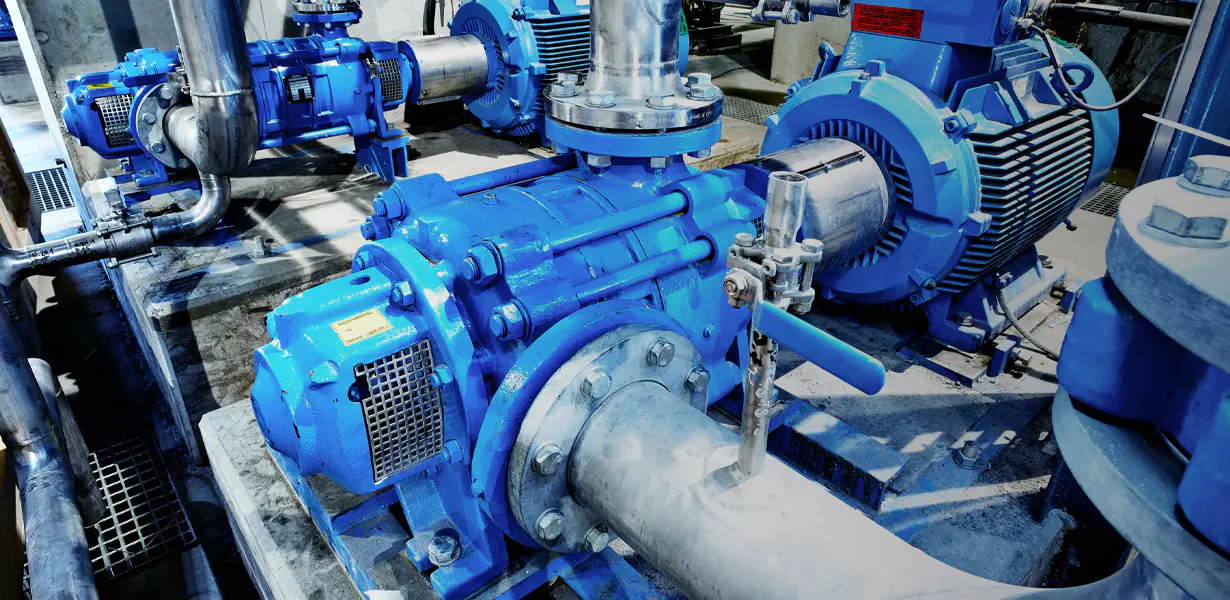
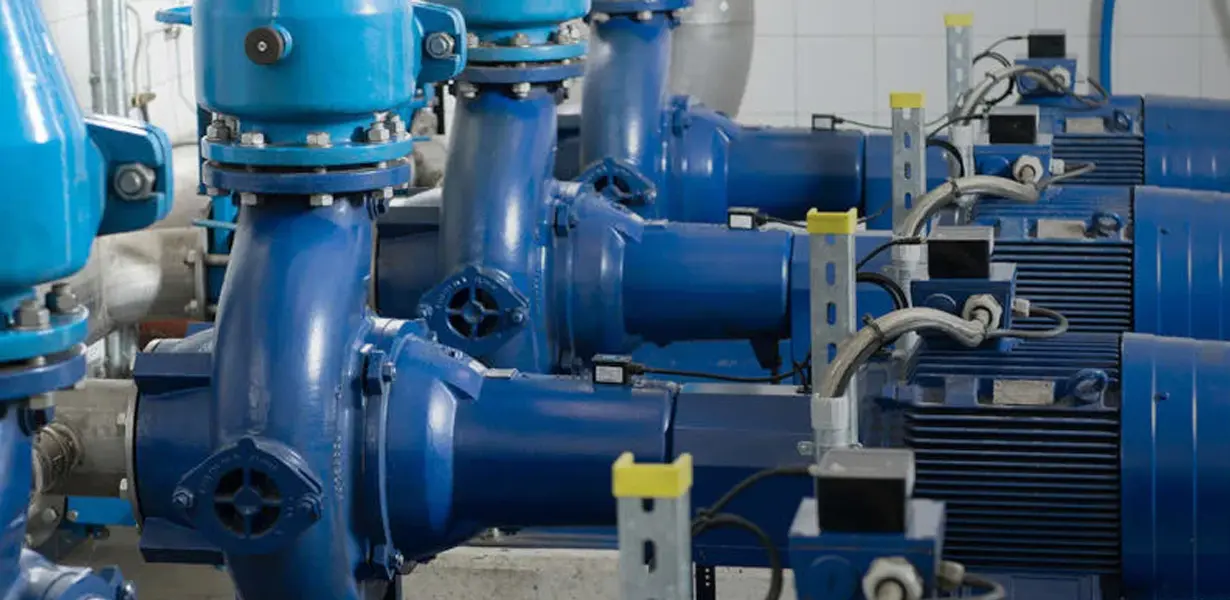


 English
English русский
русский Español
Español Français
Français








